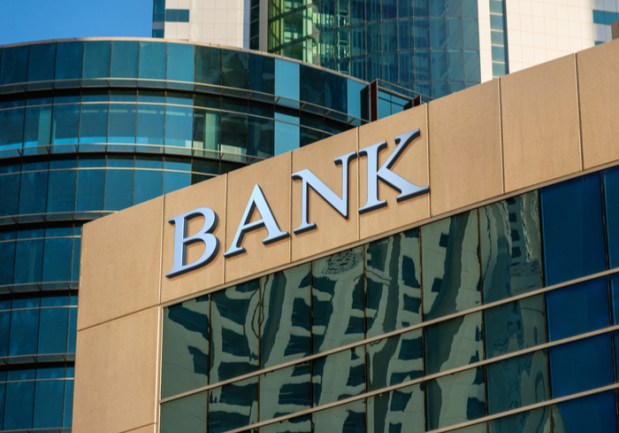Unbundled Banking Faces New Skepticism — And Fresh Prospects

Inevitable? Maybe (even if one’s view of inevitability may depend on one’s views of science and history). Well-financed and backed by significant IT focus? Yep. Favorable to regulators? Indeed. Of interest to consumers? Well, they are still cutting their TV cords and making pop music even more of an a la carte experience — so let’s put that, at least for now, in the “seems very possible column.”
The year is halfway done, and that seems as good a reason as any to take a look at the state and prospects of unbundled banking.
Unbundled Skepticism
Skepticism has recently been building about whether small payment and technology operators — the types of firms and entrepreneurs envisioned by regulators behind such FinTech-encouraging efforts as PSD2 — will actually play a significant role in an emerging landscape of unbundled banking.
Recent predictions about the technology that will make up the machinery of those unbundled banking services have not been favorable to the impatient. The apps and other systems and platforms that will enable consumers to use such services are likely a good decade away, at least according to a summary of the thinking of some industry players.
“Consumer adoption of new services may not be as drastic as regulators intend,” read that U.K.-based summary. “As Tom Blomfield, founder of digital challenger bank Monzo, explained: ‘People tend to overestimate the impact of technology developments in the short term and underestimate it in the long term. I feel that is what is happening with PSD2’.”
Cold Water
A recent treatment in PYMNTS also served to toss some cold water on the concept of unbundled banking. In “Has Unbundling Lost its Cool?” Karen Webster argued that while unbundling represents “the ultimate in giving consumers the choice to pick and choose products that are suited to their own needs, preferences and comfort zones …. most consumers often don’t really like living in an unbundled world.”
That seems almost counterintuitive, and nearly blasphemous in this world of unlimited, mix-and-match online commerce and increasing global competition for every cent any consumer spends.
But, as the PYMNTS article points out, the Paradox of Choice still stands, leaving some consumers put off and perhaps even paralyzed — and inspired to search for simpler, bundled products and services. “Too many choices introduce risk by increasing the level of uncertainty consumers have with making a purchasing decision. Too many choices also chews up too much of the consumer’s time getting and absorbing information, comparing and contrasting all options before making one.”
Unbundled Optimism
Choice, of course, isn’t the only factor involved with the future of unbundled banking. Nor is regulatory encouragement the only driver.
“At its simplest, open banking APIs makes it much easier to view several accounts from different banks within a single app or website,” said Imran Gulamhuseinwala, an implementation trustee for the U.K.’s open banking initiative and a financial services analyst. “Across the finance industry, the internet is transforming consumer expectations. Open banking is about more than keeping regulators happy. There’s a very real commercial opportunity to make the financial infrastructure more efficient, more flexible and better able to serve customers.”
Recent numbers behind the unbundled banking movement would seem to give fuel to supporters, and even those in the “inevitable” camp. The 10 biggest “challenger” banks in the U.K. now have some 20 million customers, with momentum growing in large part because they offer individual, unbundled banking services.
And while some observers caution that younger consumers are not as radically different about their banking needs and desires when compared to older customers, other analysts argue the opposite, which would favor the spread and prosperity of unbundled banking.
“Millennials demand personalized and customized financial services on the go and at the touch of a button” said Sudip Lahiri, head of financial services, Europe, for HCL Technologies. “Gen Y’s digital banking needs, behavior, and preferences vary distinctively from those of the previous generations. They do not like to queue up at branches, do not write checks, and do not prefer too many escalations for resolving their concerns.”
No technology or new financial service really follows the straight path that supporters imagine in the early days. It is doubtful that unbundled banking will be the exception to that rule — but the way it develops in the coming months and years will say a lot about changing consumer habits and the power of FinTech.
